CBD for breast cancer – These are the facts!
Estimated reading time: 12 minutes
- Introduction
- 1. Breast cancer explained
- 2. What are the risk factors of breast cancer?
- 3. The symptoms of breast cancer
- 4. Treatment options for breast cancer
- 5. How can CBD help with breast cancer?
- 6. Anti-cancer characteristics of cannabinoids
- 7. CBD for breast cancer
- 8. Conclusion: breast cancer and cannabinoids
- 9. We Recommend
Introduction
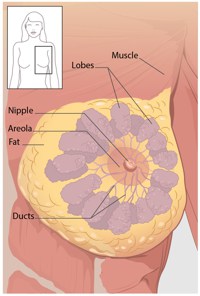
Breast cancer is the most common cancer in women, except for skin cancers. It is estimated that in 2020, approximately 30% of all new women cancer diagnoses will be breast cancer. We all know about the harsh side effects cancer treatments like chemotherapy, radiation, and surgery have both physically and mentally. In this article, we will look at the facts of CBD for breast cancer, what treatment options are there for breast cancer, risk factors, symptoms of breast cancer, and how CBD can help breast cancer.
1. Breast cancer explained
Breast cancer is a disease in which cells in the breast grow out of control. There are different kinds of breast cancer. The kind of breast cancer depends on which cells in the breast turn into cancer.
It can begin in different parts of the breast. A breast is made up of three main parts: lobules, ducts, and connective tissue. The lobules are the glands that produce milk. The ducts are tubes that carry milk to the nipple. The connective tissue (which consists of fibrous and fatty tissue) surrounds and holds everything together. Most breast cancers begin in the ducts or lobules.
The spread of breast cancer can happen outside the breast through blood vessels and lymph vessels. When breast cancer spreads to other parts of the body, it is said to have metastasized.
2. What are the risk factors of breast cancer?
When you're told that you have breast cancer, it's natural to wonder what may have caused the disease. But no one knows the exact causes of breast cancer. Doctors seldom know why one woman develops breast cancer and another doesn't, and most women who have breast cancer will never be able to pinpoint an exact cause. What we do know is that breast cancer is always caused by damage to a cell's DNA.
Factors that are associated with an increased risk of breast cancer include:
- Being female. Women are much more likely than men are to develop breast cancer.
- Radiation exposure. If you received radiation treatments to your chest as a child or young adult, your risk of breast cancer is increased.

- Obesity. Being obese increases your risk of breast cancer.
- Your first period at a younger age. Beginning your period before age 12 increases your risk of breast cancer.
- Beginning menopause at an older age. If you began menopause at an older age, you're more likely to develop breast cancer.
- Having your first child at an older age. Women who give birth to their first child after age 30 may have an increased risk of breast cancer.
- Never been pregnant. Women who have never been pregnant have a greater risk of breast cancer than do women who have had one or more pregnancies.
- Postmenopausal hormone therapy. Women who take hormone therapy medications that combine estrogen and progesterone to treat the signs and symptoms of menopause have an increased risk of breast cancer. The risk of breast cancer decreases when women stop taking these medications.
Other important risk factors
- Drinking alcohol. increases the risk of breast cancer.
- Increasing age. Your risk of breast cancer increases as you age.
- A personal history of breast conditions. If you've had a breast biopsy that found lobular carcinoma in situ (LCIS) or atypical hyperplasia of the breast, you have an increased risk of breast cancer.
- History of breast cancer. If you've had breast cancer in one breast, you have an increased risk of developing cancer in the other breast.
- A family history of breast cancer. If your mother, sister, or daughter was diagnosed with breast cancer, particularly at a young age, your risk of breast cancer is increased. Still, the majority of people diagnosed with breast cancer have no family history of the disease.
- Inherited genes that increase cancer risk. Certain gene mutations that increase the risk of breast cancer can be passed from parents to children. The most well-known gene mutations are referred to as BRCA1 and BRCA2. These genes can greatly increase your risk of breast cancer and other cancers, but they don't make cancer inevitable.
3. The symptoms of breast cancer

A tumor in the breast is often felt by the affected woman herself or the gynecologist as a lump that cannot be moved. Breast cancer symptoms can also include changes in the breast such as skin retraction, redness, or skin edema. Changes in breast size or discharge from the nipple are also potential signs.
In addition to the palpation, the physician can use ultrasound (sonography) of the breast and X-ray (mammography) to make a diagnosis. However, by far not every change in the breast is malignant. Benign lumps are more common. If the gynecologist wants to be sure, he will do a biopsy, where tissue is removed and examined in a laboratory.
Since the chances of recovery from breast cancer depend greatly on how early the tumor is detected, women should consult their gynecologist for routine preventative examinations. In addition to the palpation examination, experts recommend mammography screening from the age of 50. The costs are covered by statutory health insurance.
4. Treatment options for breast cancer
Surgery
There are two main types of surgery to remove breast cancer:
Breast-conserving surgery is a surgery in which only the part of the breast containing the cancer is removed. The goal is to remove the cancer as well as some surrounding normal tissue. How much breast is removed depends on where and how big the tumor is, as well as other factors.

Mastectomy is a surgery in which the entire breast is removed, including all of the breast tissue and sometimes other nearby tissues. There are several different types of mastectomies. Some women may also get a double mastectomy, in which both breasts are removed.
Chemotherapy
Chemotherapy is a treatment method that uses a combination of drugs to either destroy cancer cells or slow down the growth of cancer cells.
Cytotoxic drugs (meaning “toxic to cells”) are usually given orally or through a vein (intravenously or “through the bloodstream”).
Chemotherapy is a systemic therapy, meaning that the drugs travel in the bloodstream throughout the entire body.
Radiation therapy
Also called radiotherapy) uses high-energy rays to kill cancer cells. It affects cells only in the part of the body that is treated with the radiation. Breast cancer radiation therapy may be used to destroy any remaining mutated cells that remain in the breast or armpit area after surgery.
Hormonal therapy
Hormones like estrogen and progesterone are chemicals produced by glands in the body. Normally, these hormones help regulate body cycles, like menstruation. However, sometimes these same hormones can cause cancer to grow.
The pathologist will perform tests on the breast cancer cells to determine if they have receptors that feed on estrogen or progesterone, stimulating their growth. If the cancer cells have these receptors, your doctor may recommend hormone therapy drugs, such as blockers or inhibitors. Both types of drugs help to destroy cancer cells by cutting off their supply of hormones.
5. How can CBD help with breast cancer?
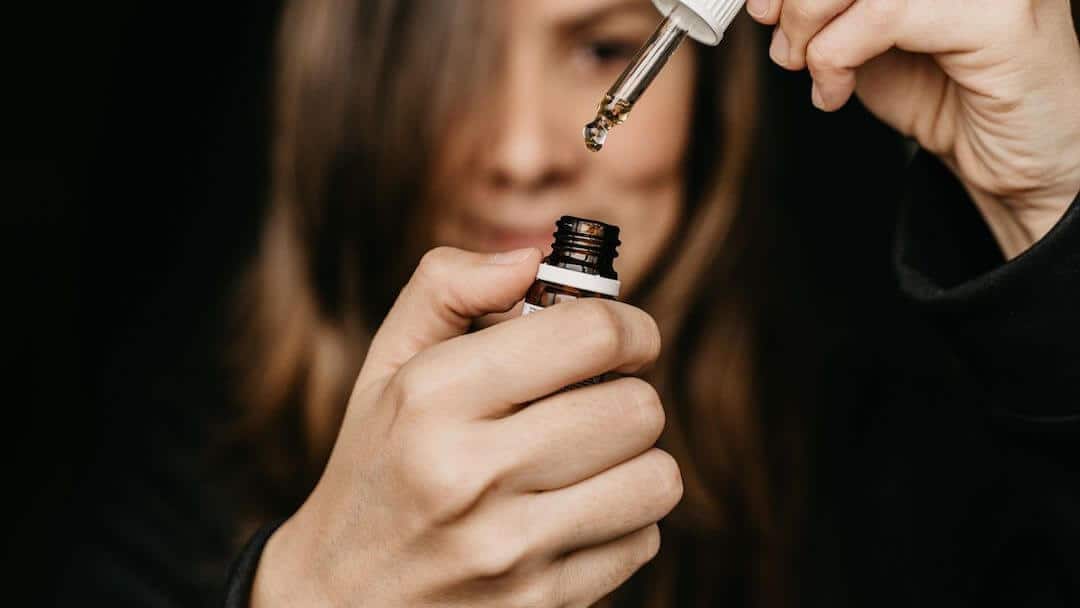
The biggest problem in breast cancer is it spreads in different parts of the body, and the leading cause of metastatic breast cancer is the Id-1 gene. This gene's primary function is to initiate cell differentiation, which induces the growth of cancer cells in the breast.
Due to its anti-metastatic properties, cannabidiol can potentially help inhibit this gene as well as its migration and multiplication, preventing the cancer from spreading.
CBD is helpful for breast cancer patients. While it can't heal cancer itself, it can provide valuable relief from traditional treatment methods and slow down the tumour's progression. At the moment, studies are being undertaken to ascertain how exactly CBD can help fight breast cancer, as well as other similar health conditions and illnesses.
Here you can read more about CBD and Cancer
6. Anti-cancer characteristics of cannabinoids
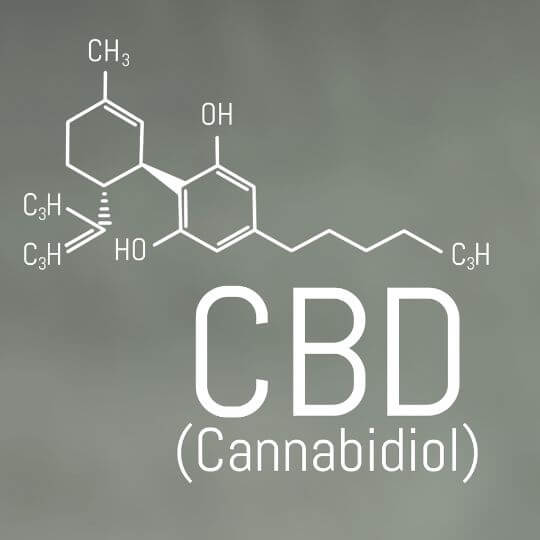
Among the anticancer properties of cannabinoids are:
- Inhibition of the growth of cancer cells (proliferation)
- Reduction of the viability of tumor cells
- An antimetastatic effect
- The onset of cell death (apoptosis)
- Self-destruction in cells (autophagy)
- Increasing the sensitization of resistant cancer cells to chemotherapy
- The relationships are complex, but it is important to note that novel cannabinoid-based drugs might block the metastasis of malignant cells. Thus, there is the possibility that “these substances may serve as feasible add‐on options” to the currently used chemotherapies, as said by Hinz and Ramer.
Therefore, many scientists today consider cannabinoids to be a promising agent in the treatment of cancer – and “not only as palliative agents but also as anti-tumor drugs”. Two of the cancers for which cannabinoids have shown a high anticancer effect are breast and prostate tumors.
More about CBD
7. CBD for breast cancer
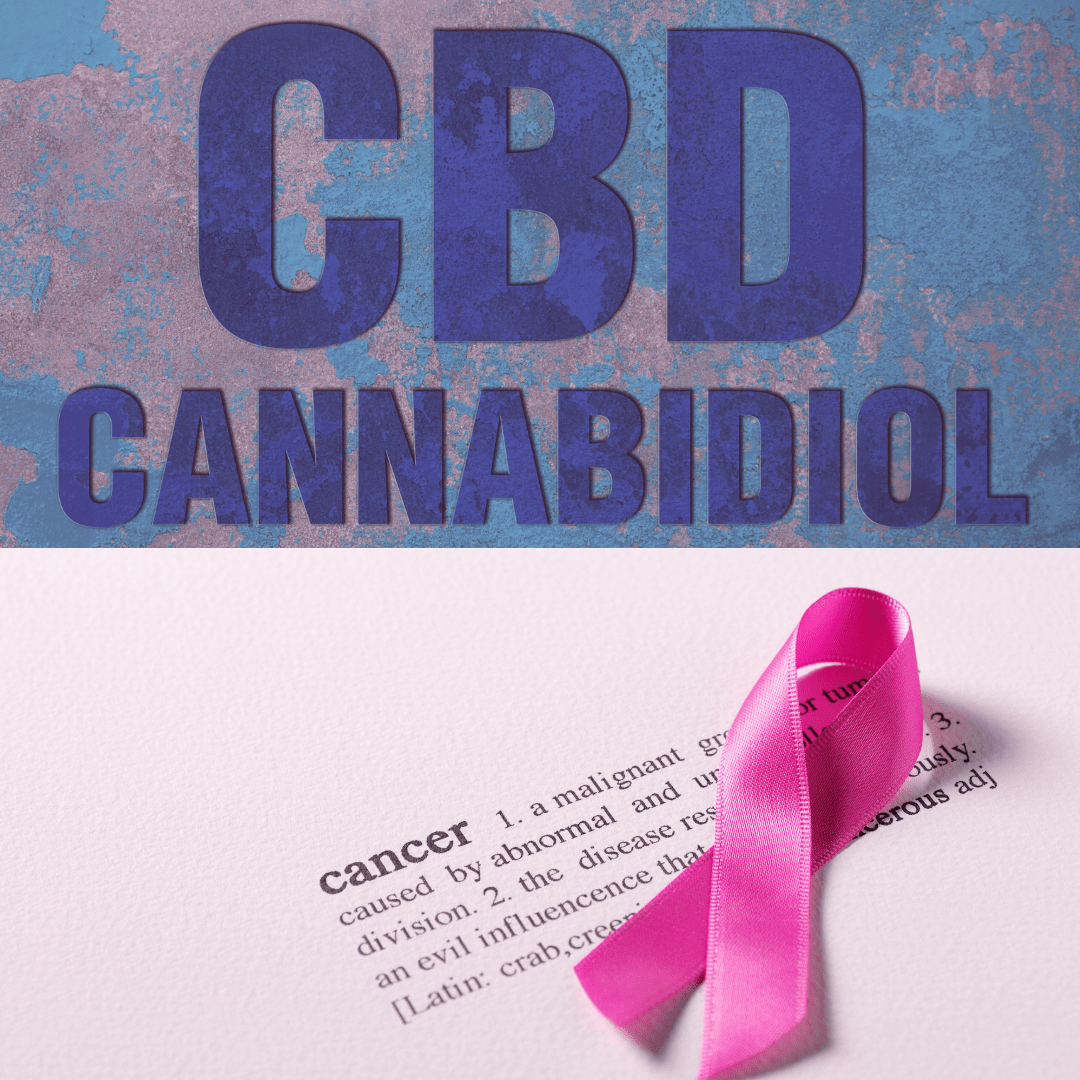
In the UK, scientists investigated the potential benefits of CBD for cancer patients. In return, 119 people with advanced cancer received pharmaceutical grade synthetic CBD. The result of the study: 92 percent of the people showed positive reactions, such as a reduction in tumor cells or a reduced tumor size
Treatment with CBD oil lasted at least six months, and many patients took the drug longer. A shorter period did not show any significant positive effects. No side effects were observed.
Patients with various forms of cancer, including women with breast cancer, took part in the study. In some cases, the size of the tumors in these patients was significantly reduced. The authors of the study, therefore, conclude: “ CBD (cannabidiol) is a candidate for treating breast cancer patients.”
Research on CBD for breast cancer
8. Conclusion: breast cancer and cannabinoids
Cannabinoids have a recognized role in cancer treatment today. They can help with tumor pain, insomnia, and depression. They can also relieve the side effects of chemotherapy, such as nausea, vomiting, and loss of appetite. As an add-on therapy, cannabinoids will make an important contribution to improving the quality of life of cancer patients.
However, cannabinoids are also of interest in science for the primary treatment of cancer. Cannabinoids have been shown to reduce the proliferation and spread of cancer cells. Breast and prostate cancer are two cancers in which cannabis has been shown to have high anticancer effects on.
Further scientific research is needed to make the best use of cannabinoids in the fight against cancer. However, their potential is already clear – not only in palliative therapy but also in use against cancer cells.
9. We Recommend
-
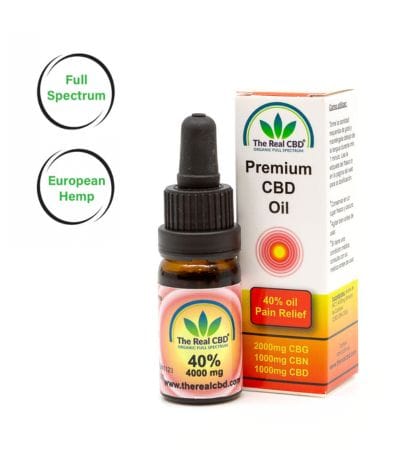 40% Pain Relief oil€179.00
40% Pain Relief oil€179.00 -
Product on sale
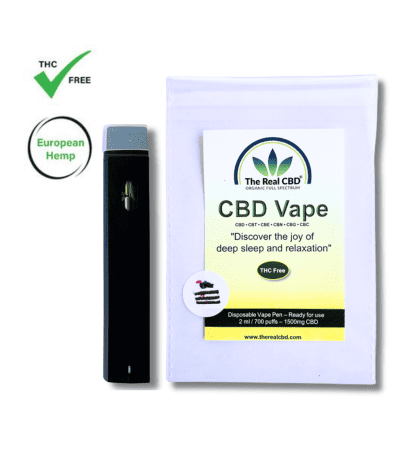 CBD Vape – Broad Spectrum€30.00 – €45.00
CBD Vape – Broad Spectrum€30.00 – €45.00 -
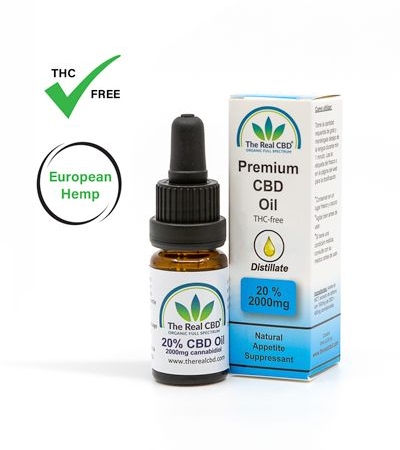 20% CBD oil – Distillate€92.00
20% CBD oil – Distillate€92.00 -
 CBD 3 for 2 pack€58.00 – €170.00
CBD 3 for 2 pack€58.00 – €170.00 -
Product on sale
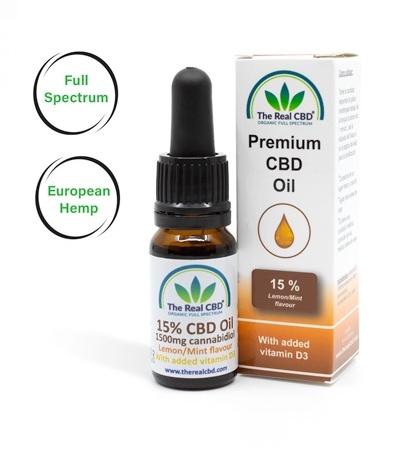 15% CBD oil with Vitamin D3Original price was: €85.00.€75.50Current price is: €75.50.
15% CBD oil with Vitamin D3Original price was: €85.00.€75.50Current price is: €75.50. -
Product on sale
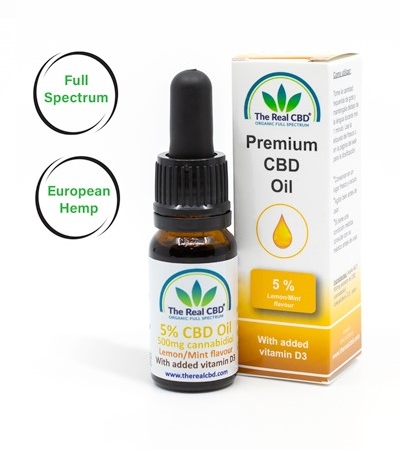 5% CBD oil with Vitamin D3Original price was: €29.00.€24.00Current price is: €24.00.
5% CBD oil with Vitamin D3Original price was: €29.00.€24.00Current price is: €24.00. -
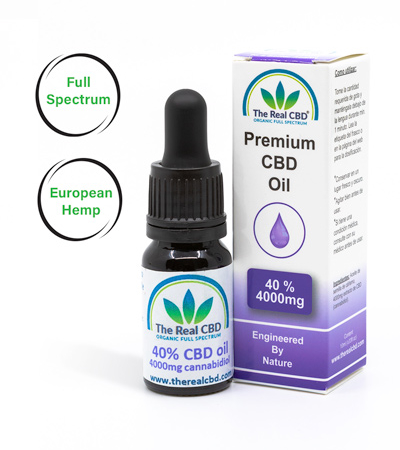 40% Raw CBD Oil€189.00
40% Raw CBD Oil€189.00 -
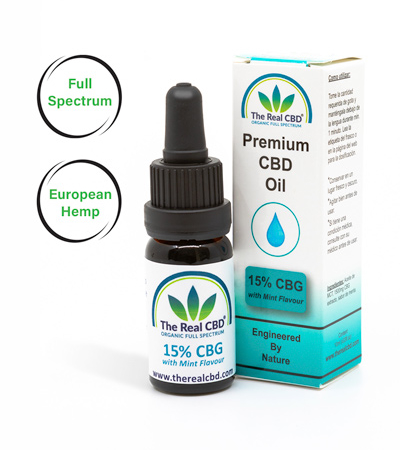 15% CBG Oil with mint taste€119.00
15% CBG Oil with mint taste€119.00 -
Product on sale
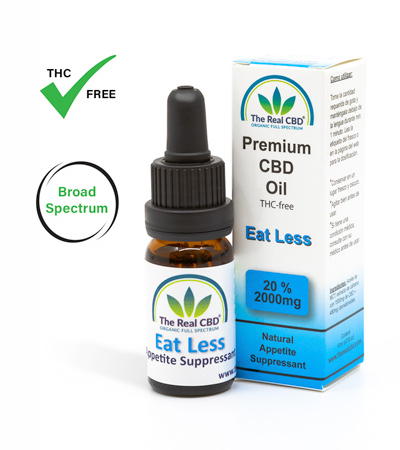 Eat Less – Natural Appetite SuppressantOriginal price was: €85.00.€55.90Current price is: €55.90.
Eat Less – Natural Appetite SuppressantOriginal price was: €85.00.€55.90Current price is: €55.90. -
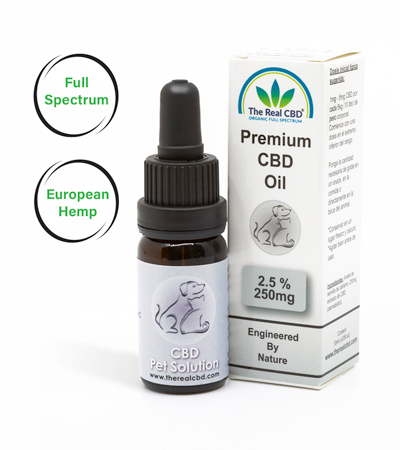 2.5% CBD oil for Pets€15.00
2.5% CBD oil for Pets€15.00 -
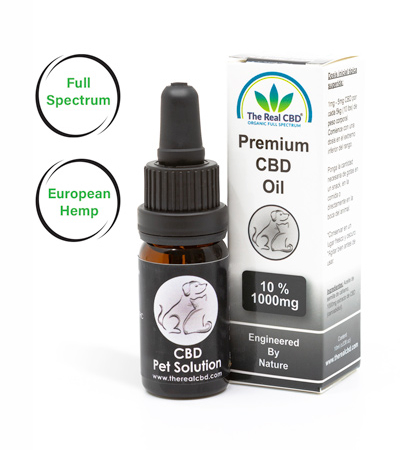 10% CBD oil for Pets€55.00
10% CBD oil for Pets€55.00 -
Product on sale
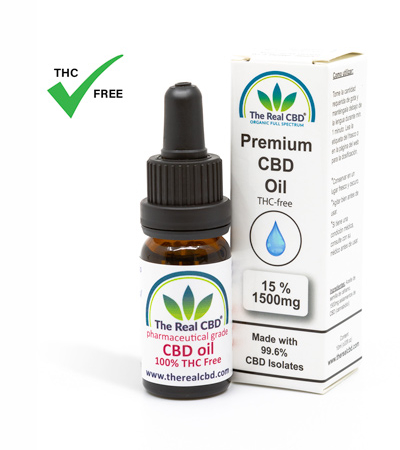 15% CBD oil – THC FreeOriginal price was: €80.00.€67.50Current price is: €67.50.
15% CBD oil – THC FreeOriginal price was: €80.00.€67.50Current price is: €67.50.

I am a certified expert in Medicinal Cannabis. We are all about giving correct and trustworthy information. We know how important it is to learn about CBD and cannabis, which is why we want to be your go-to source for trustworthy information. We help you improve your health by using our knowledge and experience as a starting point.
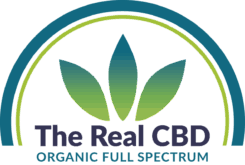

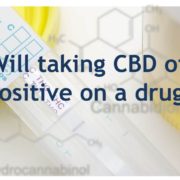











Leave a Reply
Want to join the discussion?Feel free to contribute!